How to Operate This Website:
The Wild Living Skills Database & Smartphone App (© 2011) is a new piece of technology that is in-the-making which will soon enable people to:
- identify any lichen, plant, mushroom, tree, shrub, grass, or mold within 5 questions
- learn “ecologically beneficial ways to harvest them“
- learn step-by-step how to process them for their historical edible, medicinal, & utility uses.
- coordinate with forest officials to harvest from National Forests & other places
- learn firsthand from Native teachers. Here’s a video from Richard Lonewolf:
******************************
Downloadable PDF explaining
how this website works:
The Wild Living Skills Database & Smartphone App by Wild Willpower
******************************
Current Status of Website:
We’re currently updating the site regularly, so some sections work better & are more finished than others. Some examples of working pages (that will still continue to improve) include Cattails and Soaproot. We’re in the process of upgrading www.WildWillpower.org, www.StandingRockClassAction.org, & www.ReUniteTheStates.org, & will get back to developing this website at the beginning of 2018.
Additional Information & Videos:
The Wild Living Skills Database & Smartphone App is currently best viewed using desktop computers.
An example of a rollover-&-view glossary term. If using a mobile device (smartphone or tablet), simple press the word & then slightly drag your finger. You may need to zoom out while pressing & holding:
******************************
Examples of Useful Content found throughout the Site:
1.) Highly-Nutritious Acorn Flour & Oil
-
Oak trees produce 4.5 tons of nuts per acre.
-
There are several ways to process them into nutritious flour; the raw nuts can be processed into flour within 20 minutes!
-
Industrial de-shellers, grain mills, and oil presses expedite the once-tedious process of producing acorn flour.
-
Acorns are a complete protein by themselves, containing all 9 essential amino acids! Also high in calcium & potassium.
-
Acorns produce a rich, buttery oil similar to olive oil that is akin to the nutritional value of coconut oil.
-
Acorns not only fed Native Americans more than any other food prior to colonization, but also European tribal people prior to the expanse of The Holy Roman Empire!
3 Different Species of Acorn Nuts:
2.) Buckeye Nut flour
-
Caution! Buckeye nuts are poisonous when eaten raw due to the chemical aesculin present throughout the tree!
-
Buckeye nut flour has been a mainstay food for people around the world for hundreds of years, & can be processed into a highly-nutritious, starchy flour similar to potato flour.
-
Buckeye trees produce 4.4 tons of nuts per acre!
-
Buckeye nuts are much larger than most nuts currently sold on the U.S. market. An abundant local food source!
California Buckeye Nut:
3.) Pine nuts, pollen, & oil
Nuts:
-
Currently pine nuts are generally shipped in from China or Russia when found in markets, however many very large pine nuts can be found growing from grow coast-to-coast throughout the U.S.
-
Nuts edible raw or toasted, and can be pressed for oil.
Pine Nuts:
Pollen:
-
The pollen from the catkins contains 30% its weight in protein as well as a wide variety of minerals & nutrients, & was traditionally harvested as a food source by both Native Americans and Indo-Europeans prior to the expanse of the Holy Roman Empire. The pollen can be harvested in spring.
Pine Pollen Being Shaken Out of the Catkin:
4.) Sycamore Syrup
-
similar to maple syrup, but tastes more like butterscotch & honey.
-
Just like Maple syrup, Sycamores make yummy syrup without even harming the tree. Its “the west coast syrup”!!
Palmate Sycamore Leaves & Globose Seed Pods:
Others are described in Wild Willpower‘s first major publication, called More Valuable Than Gold written by former U.S. Army Ethnobotany & Wilderness Survival Instructor dedicated lifelong teacher Richard Lonewolf, & photographed, produced, & with forward written by Wild Willpower‘s founder & former student, Distance Everheart.
Click to read preview pages:
Broadcasting With Native Teachers, Mycologists, Lichen Specialists, & Other Ethnobiological Experts; Learn Firsthand:
-
In-Depth Knowledge Pertaining to the Edible and Utility Uses of Wild Native Plants, Shrubs, Trees, Vines, Mushrooms, Lichens, Mosses, & more– such as this one:
On Soaproot:
-
Traditional Native American Plant Medicines & Wilderness Emergency First Aid techniques – allergies, arthritis, broken limbs (sprains, etc.), emphysema, heard conditions, infections (staph, MRCA), psoriasis, & more.
-
Locate, Recover, & Purify Water – water indicator plants, filtration & purification using endemic materials (native OR introduced to the ecosystem), & other skills.
-
Ancestral Cooking Techniques – 3-Rock Technique, blast oven, keyhole lay, “nature’s cooking utensils”, natural ovens, rock boiling, steam pit (shown below), & many others. Highly efficient!
-
Emergency and Ancient Fire Making Techniques – bow & drill (pictured below), flint & steel, hand drill, & many others.
-
Ancestral and Emergency Shelter Building Techniques – for all conditions and ecosystems.
-
& many other skills.
The Handpump Drill:
Other Videos:
Here are some early grassroots we did with former U.S. Army Ethnobotany & Wilderness Survival Expert, Cherokee elder Richard Lonewolf, in accordance with Richard Lonewolf Survival School; we would like to film with other experts in the future & embed their videos throughout this site in the near future.
On Cattail roots:
Videos On Mushrooms!
Paul Stamets, founder of Fungi Perfecti, provides an excellent explanation on why we must “learn the language of nature”- the reason we must build www.WildLivingSkills.org:
Each ‘database entry’ throughout this website will include the following categories:
1.) “Location Summary”
This section is how the site will be able to co-process the user’s GPS, time-of-year, & elevation so the species can be identified in less than 5 questions.
2.) “Identification Characteristics”
3.) “Edible, Utility, & Medicinal Uses”
With step-by-step instructions and footage of instructors teaching.
4.) “Positive-Impact Harvesting Techniques”
So ecosystems see benefit rather than detriment as a result of harvesting. Among our goals include Federal & Local Government recognition of positive-impact harvesting techniques– a universally-accepted, ecologically AND socially responsible way for accessing resources.
Our “Bright Green Sponsors” make this possible:
Soon, this website will be “as useful in the cities as it is in the forest”:
-
users will be able to locate nearby “Bright Green Sponsors” based upon their GPS location, & then browse among them to receive a discount or special offer that is only available through this website. Bright Green Sponsors will receive a certificate to display at their location; here’s a rough draft:
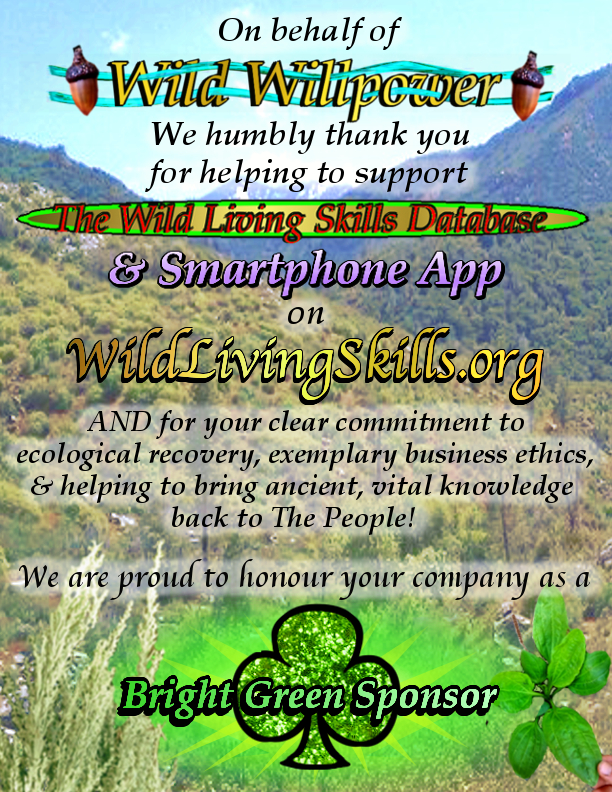
-
explore the (soon to be) GPS-responsive Resource Directory to find nearby Private Instructors, Biological Societies, Ecological Restoration & Recovery Projects, Conservation Groups, American Indian Nations, and/or YOUR organization!
Please Get Involved to help us getting this webpage working as planned; we need funding & collaboration with passionate people ready to get to work ASAP!
Want to help build this website? Please email [email protected] to get involved directly or by offering a contribution to Wild Willpower to help the team- every dollar helps!!
[addw2p name=”paypalbutton”]

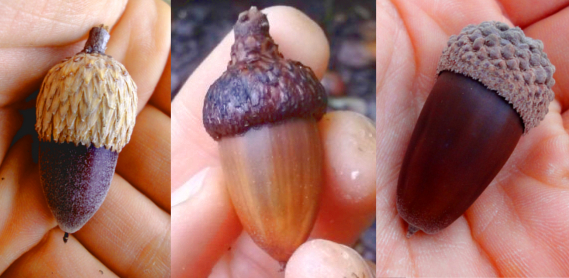
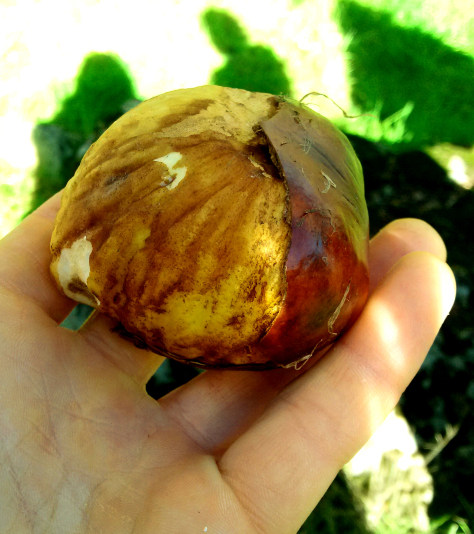
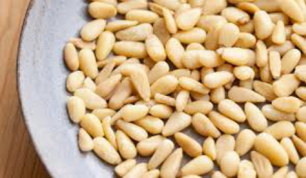
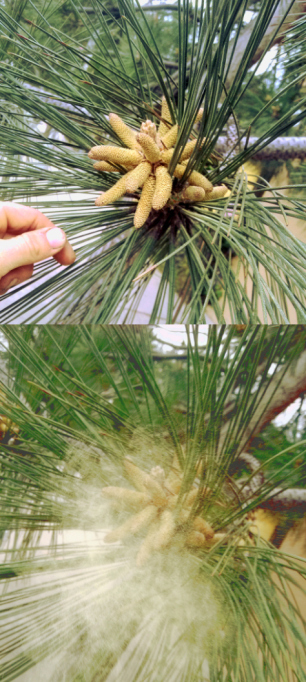
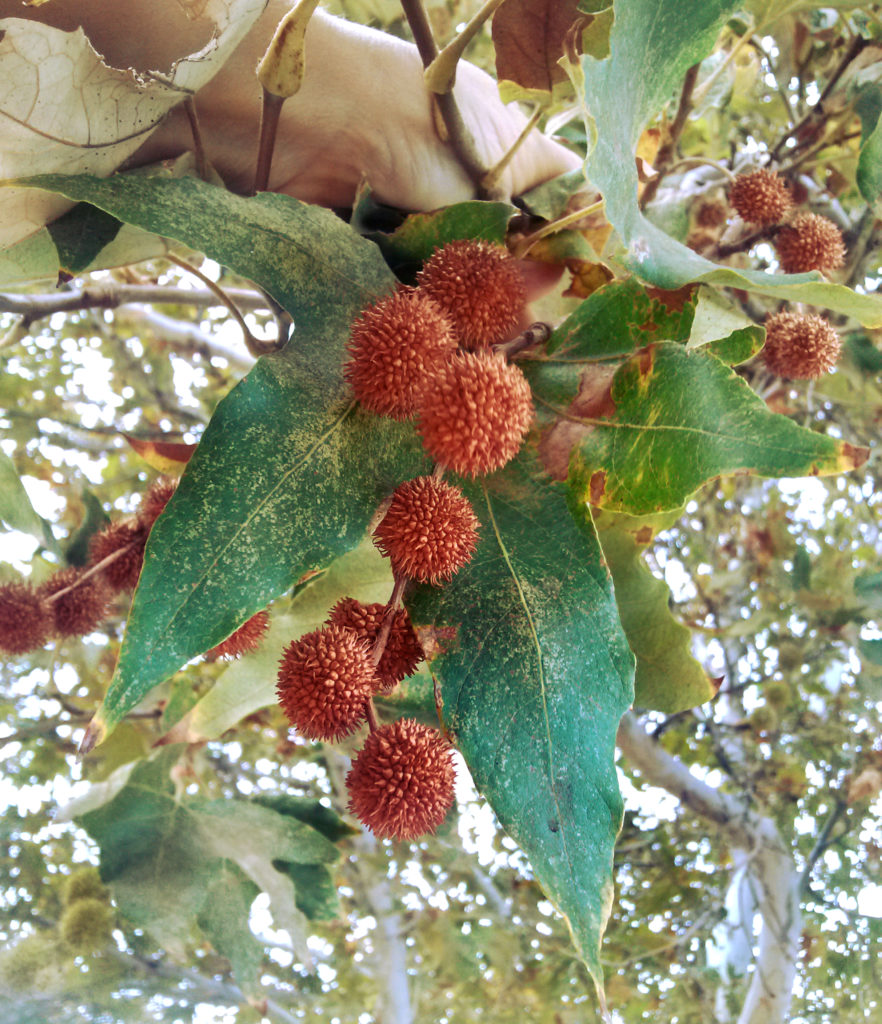
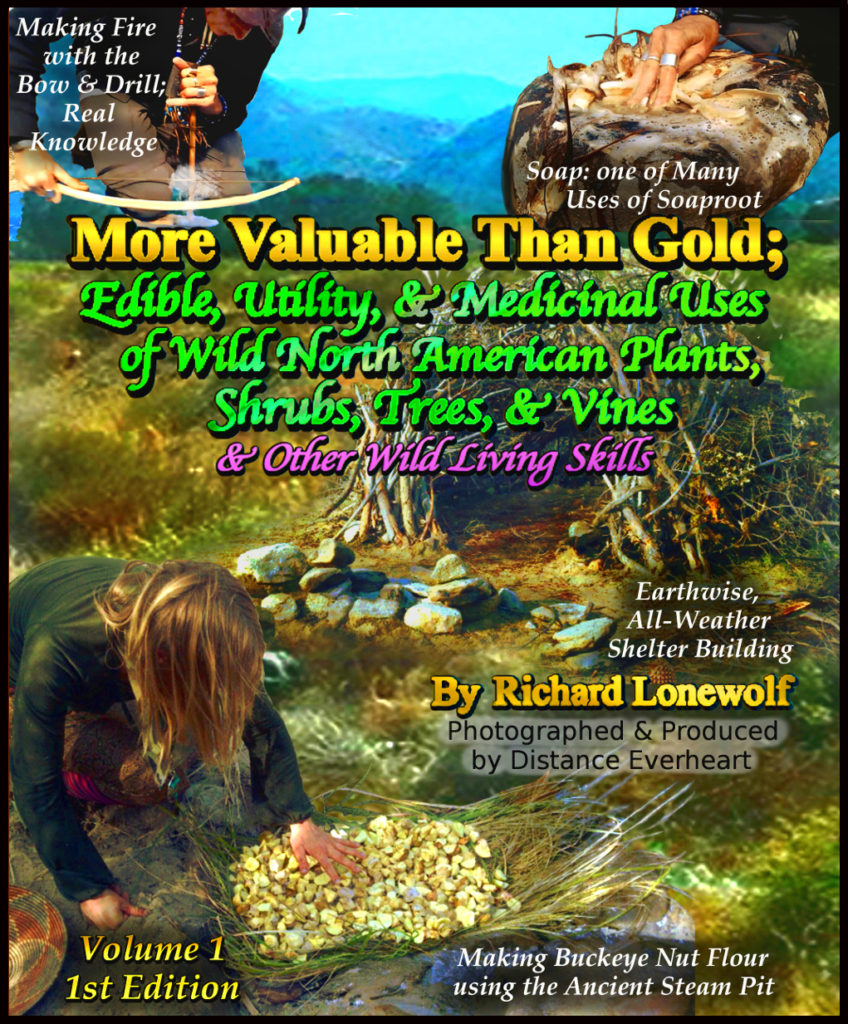
So how much an where to find the app. ?
Wild Willpower (WildWillpower.org) is currently fundraising to acquire resources to continue building the technology using the framework that is in place. Please check out our fundraiser here:
https://www.crowdpac.com/campaigns/289757/solar-power-for-wild-willpower-pac-seed-funding-pleasehelp
Thank you!
Distance Everheart
Founder of Wild Willpower PAC